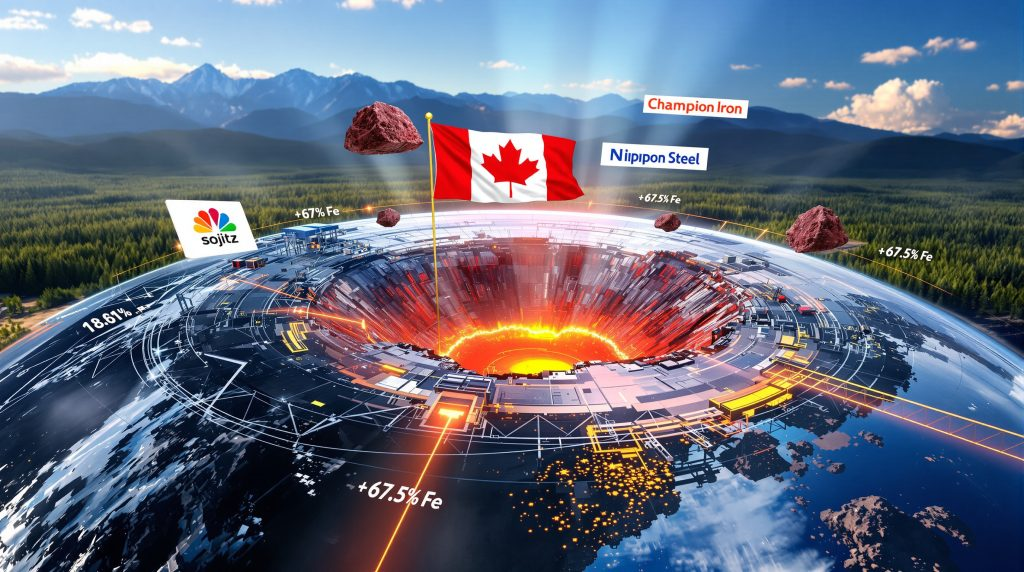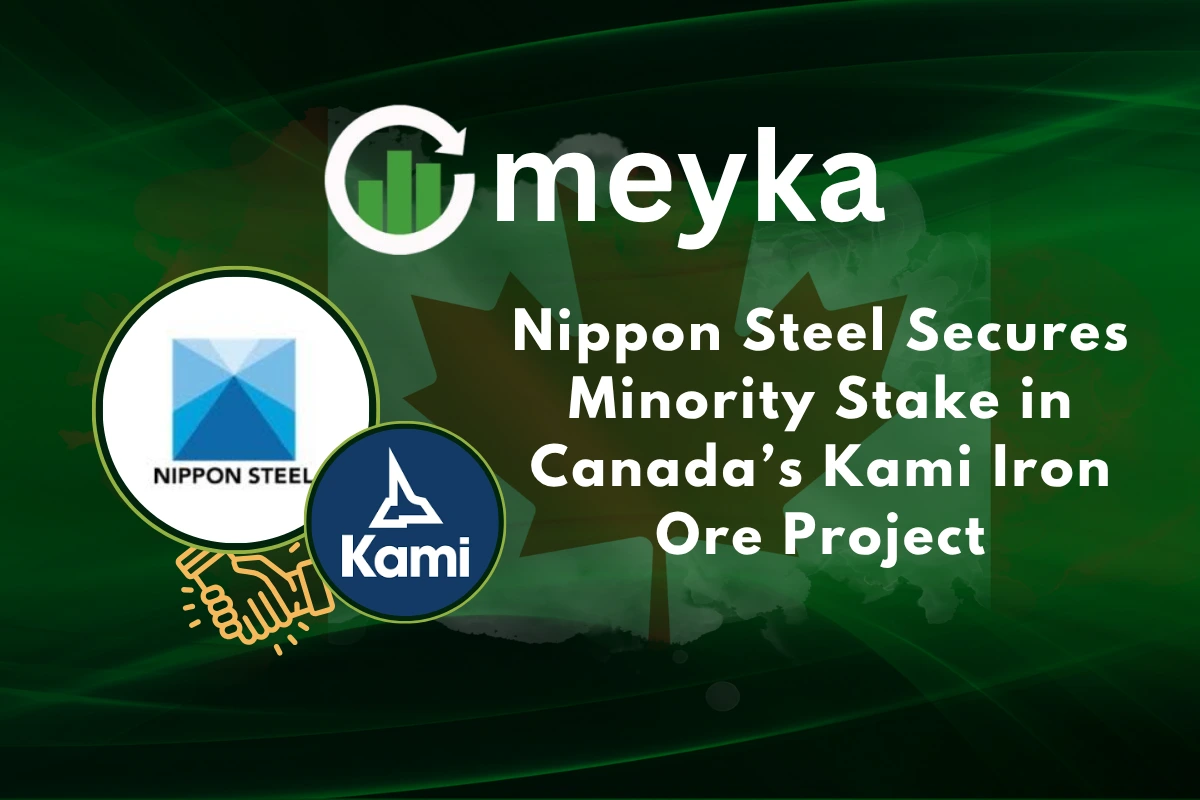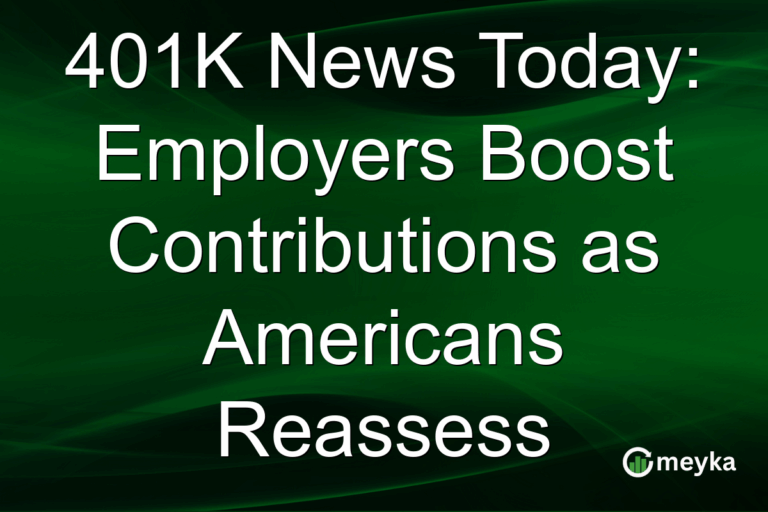Nippon Steel Secures Minority Stake in Canada’s Kami Iron Ore Project
On September 30, 2025, Nippon Steel announced that it had acquired a 30 % stake in Canada’s Kami iron ore project. This move marks a bold step toward securing high-grade raw materials. We see this as more than just an investment; it is a strategic push into future steelmaking.
The Kami project sits in the Labrador Trough region, known for rich iron ore deposits. The ore here is especially valuable: it offers very high iron content and fewer impurities. That makes it ideal for newer, cleaner steel production methods. By joining forces with Champion Iron and Sojitz, Nippon Steel gains access to this premium ore resource.
We believe this deal gives the company a stronger grip on its supply chain. In a world where raw material security is key, having a direct link to high-quality ore can shift competitive balance. Over the coming years, this partnership could shape how we build steel with lower emissions and better efficiency.
Background on Nippon Steel
Nippon Steel is Japan’s largest steelmaker. The company has pushed into global raw-material deals over the past few years. In 2024-2025, Nippon Steel expanded its mineral holdings to secure feedstock for low-carbon steel routes. The firm’s takeover of U.S. Steel and other moves show a clear plan: lock in high-grade ore and invest in cleaner production. These steps aim to reduce exposure to volatile spot markets.
The Kami Iron Ore Project

The Kami project, officially the Kamistiatusset deposit, sits in the Labrador Trough of Newfoundland and Labrador. It is near existing infrastructure and close to Champion Iron’s Bloom Lake operations. The project targets direct-reduction (DR) grade ore. DR feed has very high iron content and low impurities. That makes it suitable for electric-arc furnaces and hydrogen-based steelmaking. A pre-feasibility study filed in March 2024 set out production scenarios and technical plans.
Details of the Deal
On July 21, 2025, Champion Iron signed a framework agreement with Nippon Steel and Sojitz. The partners agreed to form a new Kami Iron Mine Partnership. On September 30, 2025, the initial closing was completed. Nippon Steel took a 30% stake, Sojitz took 19% and Champion retained 51%. Nippon Steel paid an initial C$42 million through its subsidiary NS Canadian Resources.
A further planned contribution of C$108 million (and an aggregate future contribution of roughly C$176.4 million C$245 million across phases) depends on feasibility results and future closings. The partners aim to finish a definitive feasibility study by the end of 2026.
Strategic Importance for Nippon Steel
The Kami stake gives Nippon Steel direct access to DR-grade ore. That access helps with two priorities. First, it secures high-quality feedstock needed for low-emission steel production. Second, it diversifies suppliers beyond Australia and Brazil.
High-grade ore supports electric-arc furnace (EAF) and direct-reduced iron (DRI) routes. Those routes produce less CO₂ per tonne than traditional blast furnaces. For a company aiming to cut emissions and meet strict customer targets, owning part of a DR source is practical and strategic.
Technical and Production Expectations
Champion’s corporate filings estimate Kami could produce about 9 million wet metric tonnes per year of DR-quality concentrate under one scenario. The deposit sits near rail and port options. That location could lower capital needs compared with greenfield remote mines. Partners still need to complete a definitive feasibility study.
If results are positive, construction timelines in prior commentary suggest several years from the final investment decision to the first concentrate. Capital expenditure estimates previously discussed for the full development approach run into the billions of Canadian dollars.
Impact on Canada and Local Communities
The project will add jobs during the study, construction, and operating phases. Local supply chains may see new contracts for services and materials. Newfoundland and Labrador stand to gain royalties, taxes, and infrastructure upgrades.
Environmental review processes in the province are underway or planned. These reviews will focus on issues such as land use, water management, and emissions. Provincial regulators will require clear mitigation measures before approvals proceed.
Market Context and Competitive Effects
Global demand for premium, low-impurity iron ore has grown. The shift stems from two trends. One is rising EAF and DRI use in regions aiming to lower steel emissions. The second is quality-driven buying by steelmakers that want less processing and higher yields. By securing Kami, Nippon Steel positions itself to reduce feedstock risk versus competitors that still rely on lower-grade blends.
The deal might slightly tighten the availability of DR-grade ore for the market. That could push premiums for similar high-grade material. Traders and investors can track these moves with tools such as an AI stock research analysis tool to see how mining and steel stocks respond.
Environmental and Decarbonization Angle
Kami’s high Fe content makes it attractive for lower-carbon steelmaking. Using premium DR feed lowers the energy needed per tonne in some pathways. Nippon Steel has linked recent resource buys to its net-zero targets and to producing more scrap-friendly inputs for EAFs. However, mining, processing, and shipping still carry emissions.
The partners have signaled intent to study emissions and to consider options such as electrified mining gear, optimized haulage, and use of lower-carbon energy. Regulatory and investor pressure will push the partnership toward clear decarbonization plans in the feasibility phase.
Financial and Risk Considerations
The initial cash injections total about C$68.6 million, split across the partners. Further required capital depends on feasibility and final investment decisions. If market prices for iron ore fall sharply, the economy could weaken. Conversely, high premiums for DR-grade ore would improve returns. Political and permitting risk in Canada appears moderate, given the country’s stable mining regime. Still, Indigenous consultation, environmental approvals, and community agreements remain critical steps and could affect schedules and costs.
Future Outlook
A positive feasibility study expected by late 2026 would unlock the second closing and larger capital contributions. If construction follows a multi-year schedule, first production could appear in the early 2030s under some scenarios. The project could become a steady source of DR concentrate for Asian steelmakers and others.
For Nippon Steel, long-term access to Kami ore could support cleaner steel products and a more secure raw-material basket. Market watchers should follow feasibility milestones, funding rounds, and regulatory approvals closely.
Wrap Up
Nippon Steel’s 30% stake in the Kami project is a clear bet on high-grade iron ore and low-carbon steel routes. The partnership structure spreads risk and brings traders and developers together around one asset. Accurate timelines depend on feasibility results and approvals. If the technical studies confirm earlier assessments, Kami could matter a lot for premium iron supply and for steel decarbonization plans into the 2030s.
Disclaimer: The above information is based on current market data, which is subject to change, and does not constitute financial advice. Always do your research.






